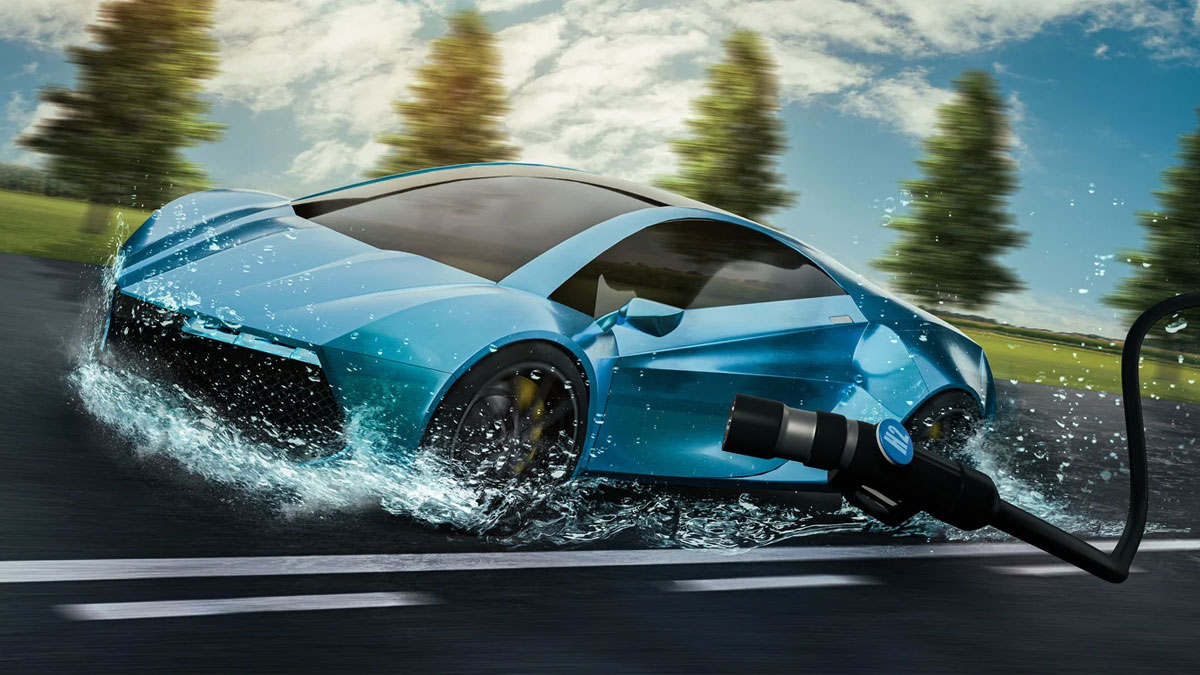Hydrogen Fuel Cell Vehicles (Are They the Future?)
The future of motorized vehicles is highly debated. Most people believe that all-electric vehicles are the future, regardless of their purpose. Others believe that hydrogen is the future, by using Fuel Cell Electric Vehicles, or FCEVs for short. There are big disadvantages to hydrogen, and some people even have legitimate … Read more

